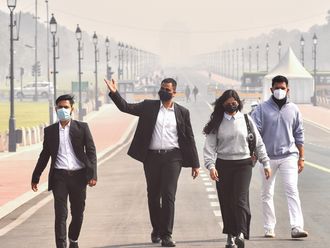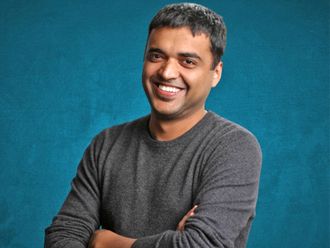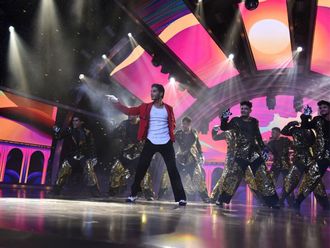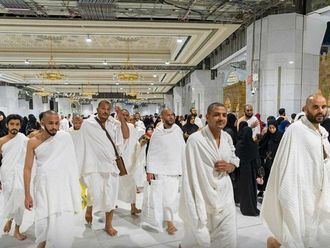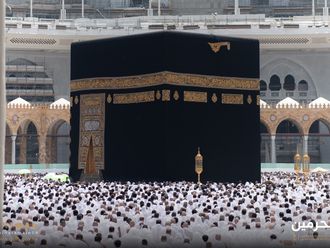NEW DELHI: On submarines and on mountain tops, in schools and in parks, by the dozens and by the thousands, Indians celebrated an ancient tradition that grew into a global phenomenon.
Friday marked the fifth International Day of Yoga, a yearly event created by Prime Minister Narendra Modi to highlight yoga both within India and around the world.
While previous Indian prime ministers practiced yoga, none have embraced it quite like Modi has. He practices yoga daily and every year on June 21 participates in a massive outdoor yoga session. He has extolled yoga as a way to improve health and concentration, reduce stress, and promote peace.
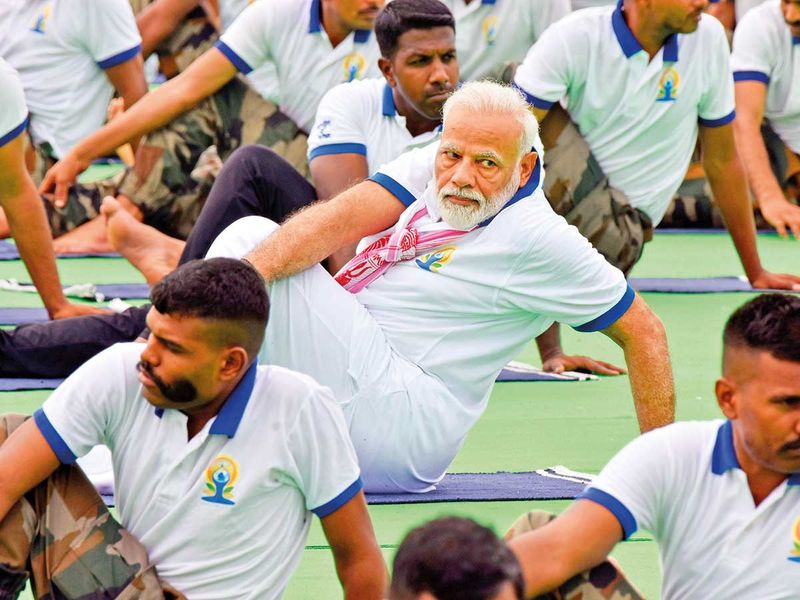
Of course, there is more to this than personal well-being. Modi’s strenuous promotion of yoga is part of a broader push to tap Indian traditions as a source of national pride and international influence.
The fact that a physical, mental and spiritual practice that originated in India is now a multibillion-dollar industry around the globe has not escaped the current government’s attention.
Yoga is source of tourism for India and also an opportunity for Modi - who recently won reelection in a landslide - to portray the country as a spiritual leader. He often speaks of his desire to turn India into a “vishwa guru,” a country which acts as guru, or teacher, to the world.
Studiously absent in the official celebrations of International Yoga Day is any mention of Hinduism. “Yoga is for all and all are for yoga,” Modi tweeted on Friday. The product of thousands of years of history and multiple religious and geographic influences, the question of yoga’s parentage is a complex one.

But its roots in ancient Hindu texts and philosophy make it a natural fit for a Hindu nationalist politician like Modi. For politicians sharing Modi’s views, yoga’s origins together with its enormous secular popularity add up to “the perfect vehicle to create a shared national consciousness,” wrote novelist Manil Suri.
The Indian discipline of yoga, involving spiritual and physical practices, is followed in myriad forms today by millions of people worldwide, with an entry in Unesco’s intangible cultural heritage list.
Here is some background for International Yoga Day, marked on Friday for the fifth time.
The word “yoga” has its origins in the ancient Sanskrit language and means “to attach, join, harness, yoke”.
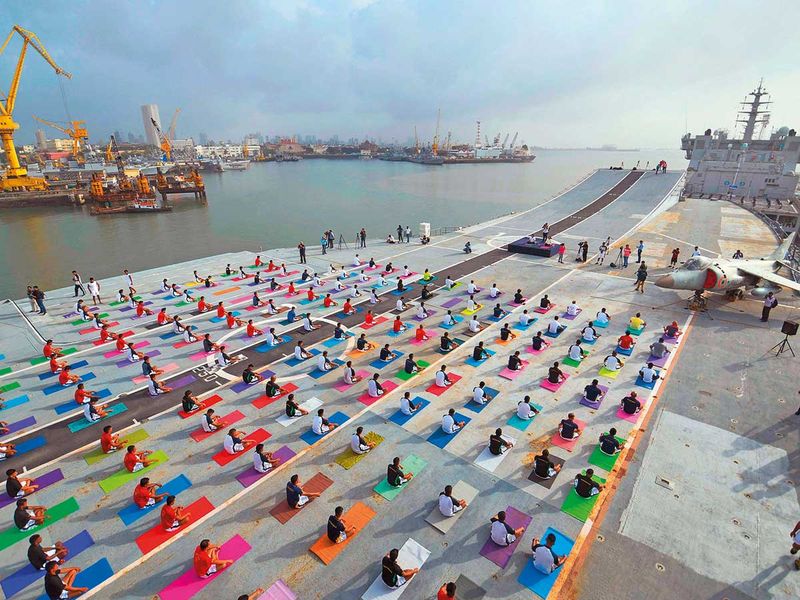
This is the notion underpinning the discipline, according to French historian Bernard Sergent, which is to join the intellect of the one practising with the “universal soul”.
Yoga first appeared in ancient texts such as the sacred Hindu epic the Bhagavad Gita, written between the fifth and second centuries BC.
It is born of an “awareness of the unsatisfactory character of the human condition,” says India specialist Tara Michael, author of the book “Yoga” published in France in 1980.
The practice emerged as a way of transcending this suffering.
However in its present-day use, yoga is often no more than a form of exercise, Michael says.
A modern (re)invention
Yoga became known in the West towards the end of the 19th century as it was undergoing a major revival in India under the Hindu teacher Swami Vivekananda.
This philosopher-monk stressed yoga’s rational and scientific qualities in a bid to make the discipline compatible with the West.
His book “Raja Yoga” lays the foundations for a modern and international yoga.
In the first half of the 20th century, Western texts began to detail yoga postures, also known as “asanas”.
The emphasis on these postures and their sequences, such as the famous Sun Salutations, is a recent development, says India specialist Sita Reddy in “Yoga, The Art of Transformation”.
Modern Western references such as the Oxford English Dictionary define yoga as a “spiritual and ascetic discipline” which includes “breath control, simple meditation, and the adoption of specific bodily postures.”
Global phenomenon
Indian metaphysics captured the imagination of counter-cultural movements of the 1960s and 1970s, as epitomised by the relationship between The Beatles and the Indian guru Maharishi Mahesh.
Yoga as a spiritual practice was popularised at this time with the more athletic and dynamic methods developed in the 1980s and 1990s, says Mark Singleton from the School of Oriental and African Studies in London.
It is difficult to say just how many people practise yoga around the world today, although some estimate it could be up to around 200 to 300 million.
Studies have shown its benefits for dealing with anxiety, depression and sleep disorders, with yoga considered more effective than a simple physical activity but less than psychotherapy.
World heritage
Since coming to power in 2014, India’s Prime Minister Narendra Modi has used yoga as an emblem of India’s flourishing in the world, pushing for the UN resolution that has - since 2015 - consecrated June 21 as International Yoga Day.
Unesco added yoga to its list of intangible cultural heritage in 2016 in recognition of its influence on Indian society, “from health and medicine to education and the arts.”
“Designed to help individuals build self-realisation, ease any suffering they may be experiencing and allow for a state of liberation, (yoga) is practised by the young and old without discriminating against gender, class or religion,” Unesco added in a tweet.


